The EU Copyright Directive
The law reform on copyright protects the author’s rights and the creators of unique content from others illegally using their work. Article 17 European Directive copyright states that online platforms must control the content their users publish.
An act of plagiarism is always also a copyright infringement.
If such an infringement is detected, the platform can be fined. Also, the perpetrator will be penalized. Let’s look at cases where liability takes place and how to avoid plagiarism in your publications.
An act of plagiarism is always also a copyright infringement.
If such an infringement is detected, the platform can be fined. Also, the perpetrator will be penalized. Let’s look at cases where liability takes place and how to avoid plagiarism in your publications.
European Copyright Directive adopted
In September 2016, the EU decided to reform the 2001 law on copyright to adapt it to online content. The European Directive copyright was adopted on March 26, 2019, by the European Parliament in Strasbourg and on April 15, 2019, by the European Council. For 24 months after this date, member-states of the EU introduced new laws regarding copyright to their national legislation. Article 17 concerns the usage of content protected by copyright by social media. Thanks to the Directive, authors have a good chance of compensation if their work is published.
EU citizens should be careful about published content
Article 17 of the European Directive protects products of intellectual property. It binds online platforms to get permission to publish content from the authors and reward them if need be.
If the author did not grant permission to publish, the platform could be held responsible and penalized in the form of a fine. YouTube, Facebook, Vimeo, and other large platforms are liable if other users and third parties post an author's content without permission.
Users can upload copyright content if they:
Online platforms can be indemnified of responsibility only in cases where:
If a copyright infringement is detected, the user will be penalized in the form of the following:
If the author did not grant permission to publish, the platform could be held responsible and penalized in the form of a fine. YouTube, Facebook, Vimeo, and other large platforms are liable if other users and third parties post an author's content without permission.
Users can upload copyright content if they:
- Use citations and provide the correct reference to the author;
- Mention the created content within a review, critique, or parody;
- Create their content based on it, e.g., caricatures, parodies, and spin-offs.
Online platforms can be indemnified of responsibility only in cases where:
- They were able to prove that they took all the necessary steps to acquire permission;
- They promptly deleted all content after the rightsholder complained of illegal use.
If a copyright infringement is detected, the user will be penalized in the form of the following:
- A legal case, fine;
- Lifetime ban of the user's account.

Why is it important for social networks and other content platforms
Before the Directive on online content sharing, service providers were not responsible for what users uploaded regarding copyright. With the adoption of EU copyright rules, social media platforms must protect their users from people using their content illegally. This is stealing other people’s content, an infringement of the law about plagiarism.
Posting other people’s texts, images, and media files create confusion if the primary source is not referenced. Users assume that the author is another person. The actual right owner loses his income opportunity due to the illegal exploitation of his work; this is why social media platforms are penalized for such infringements. As a result, they punish users according to the article about plagiarism.
Posting other people’s texts, images, and media files create confusion if the primary source is not referenced. Users assume that the author is another person. The actual right owner loses his income opportunity due to the illegal exploitation of his work; this is why social media platforms are penalized for such infringements. As a result, they punish users according to the article about plagiarism.
How to make sure that posted content is not plagiarism
When publishing any text, video, or image, we recommend you:
Skandy analyzes the text and compares it to billions of web pages. A comprehensive report displays the originality percentage, highlights non-original fragments, and provides similar content sources. You get a chance to improve your publication and adhere to the policy about plagiarism.
Advantages of Skandy:
- Create the content yourself, using your creativity;
- Provide the appropriate references if you use fragments of other authors;
- Provide citations and references to the original content;
- Check your content for unintended plagiarism.
Skandy analyzes the text and compares it to billions of web pages. A comprehensive report displays the originality percentage, highlights non-original fragments, and provides similar content sources. You get a chance to improve your publication and adhere to the policy about plagiarism.
Advantages of Skandy:
- Deep 8-step analysis. The checker can detect paraphrasing.
- Multiple format support. You can check a publication via URL, or .doc, .txt, or .pdf formats.
- Fast and smooth. An average check takes 1-2 minutes.
- Secure storage of results. You can share checked document details with others if you need to prove the authenticity of a publication.
Text author: Columbia Proof
November 15th 2022
Did you like this article?
Start using Skandy Premium
Detect copy-pasted and AI-generated content with Skandy's fast and smooth experience
